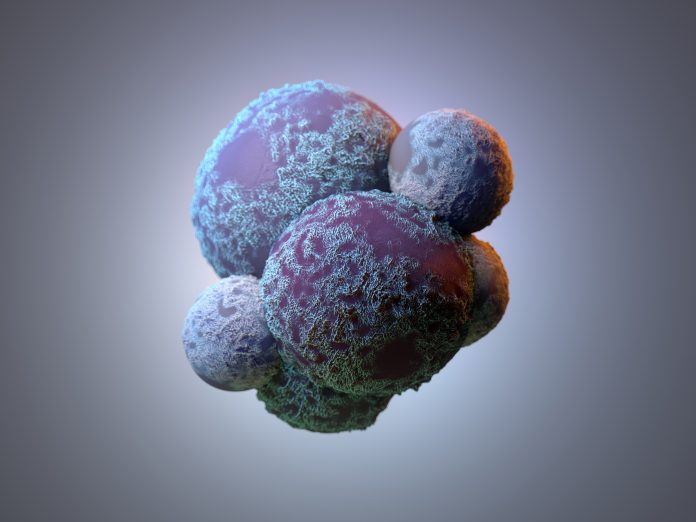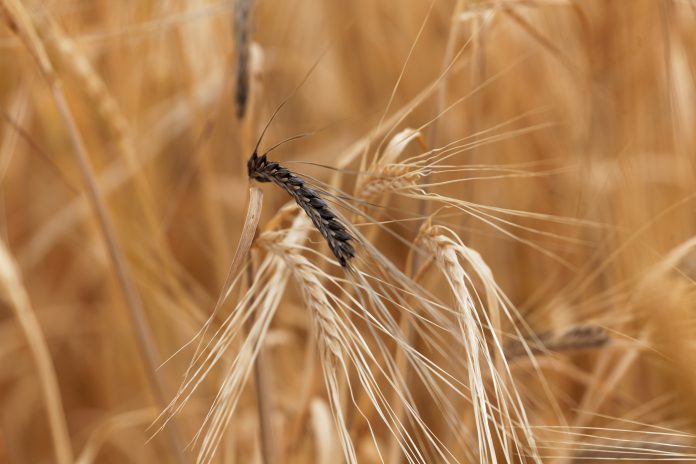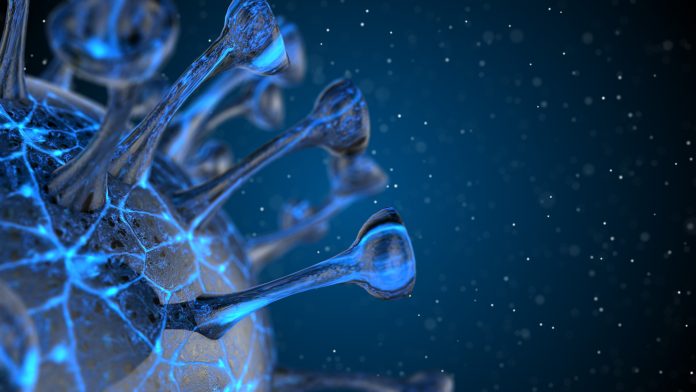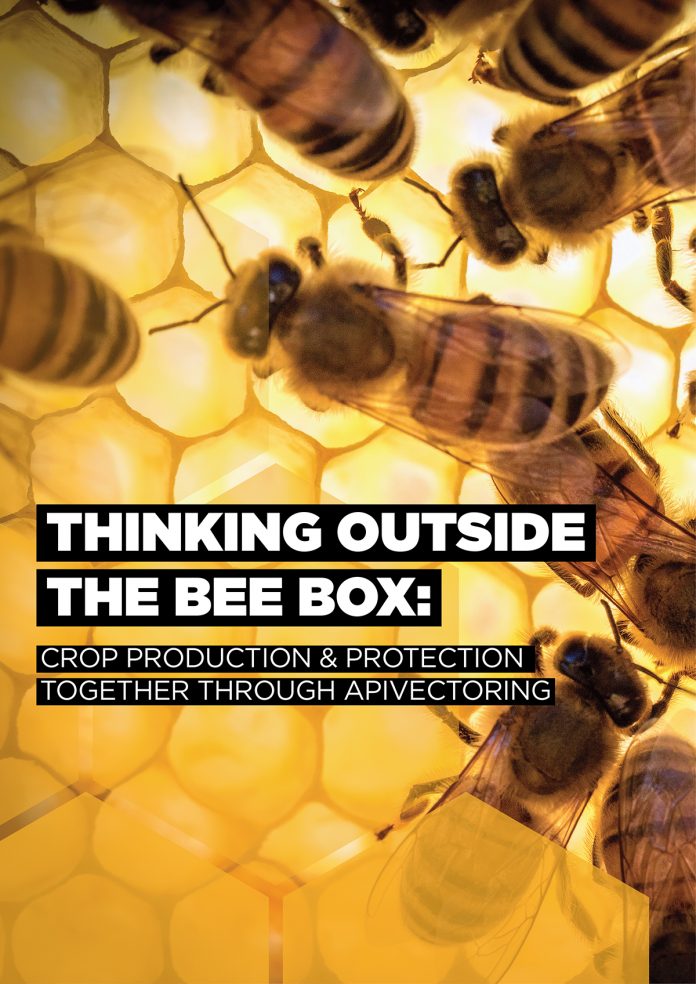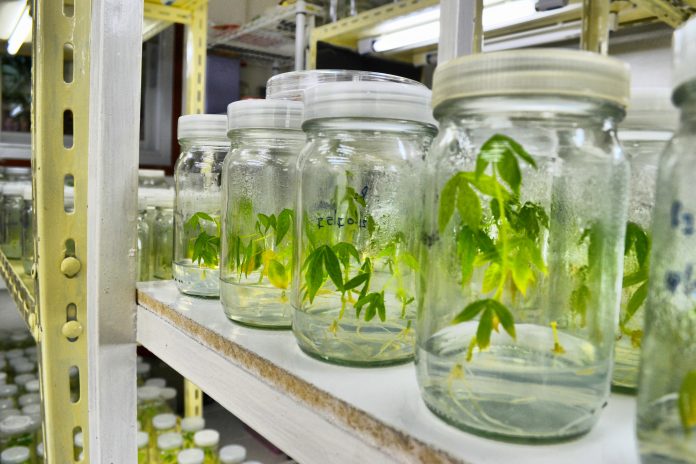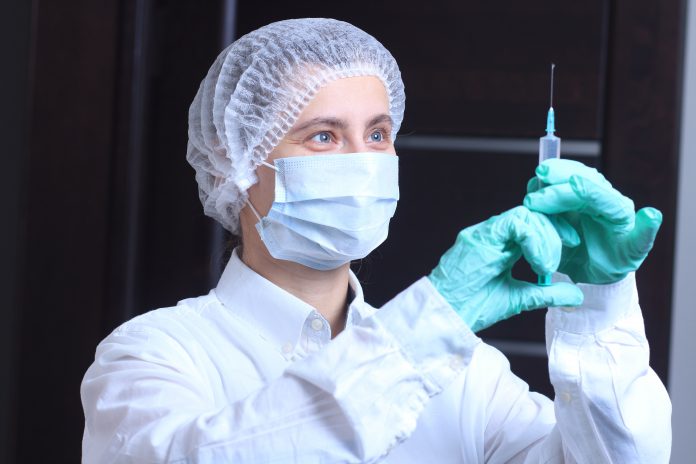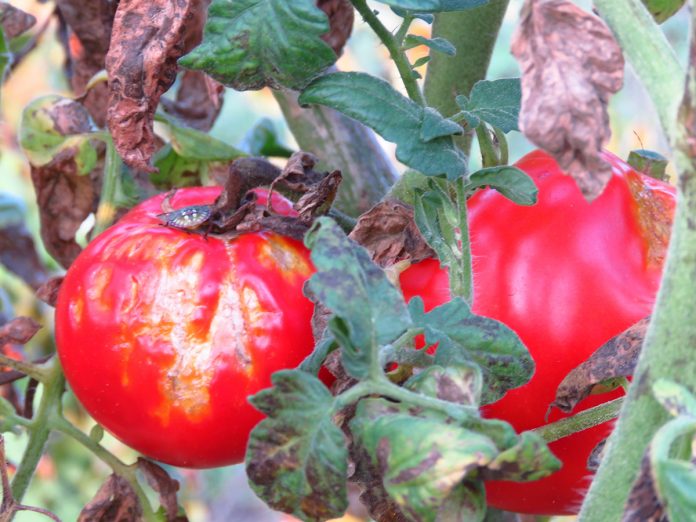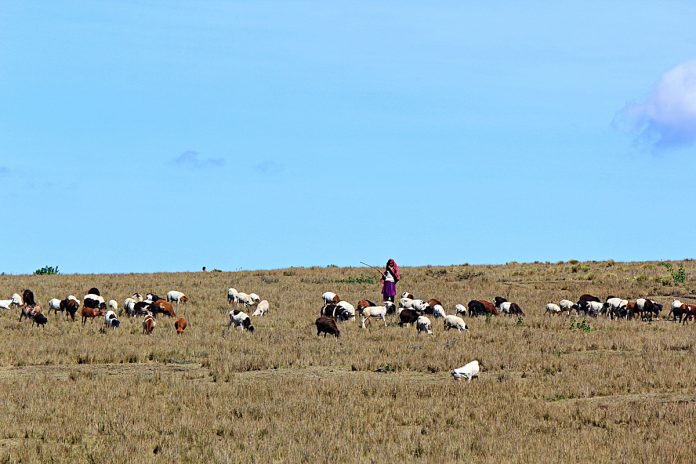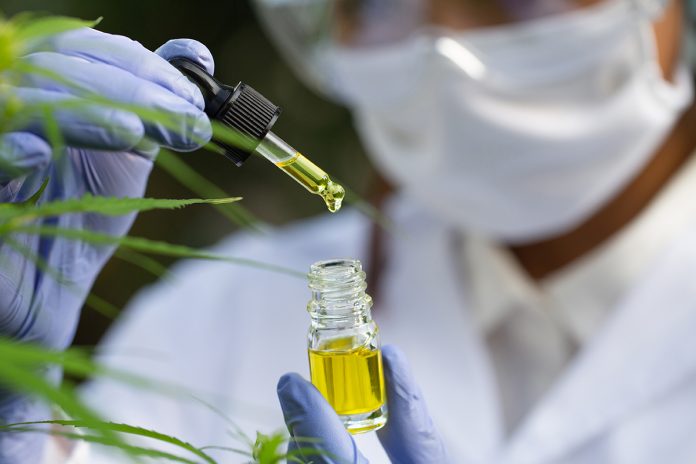Open Access Government produces compelling and informative news, publications, eBooks, and academic research articles for the public and private sector looking at health, diseases & conditions, workplace, research & innovation, digital transformation, government policy, environment, agriculture, energy, transport and more.
Home Search
pathogens - search results
If you're not happy with the results, please do another search
Pyroptotic cell death: Controlled self-destruct that causes inflammation and disease
Associate Professor Petr Broz discusses pyroptotic cell death, the controlled cellular explosion that can harm your health.
A correlation between global climate change and human health
Cecilia Van Cauwenberghe from Frost & Sullivan’s TechVision Group shares her perspective on the correlation between global climate change and human health.
Fighting infectious crop diseases with big data analyses
Dr Kim Hammond-Kosack, Research Programme Leader Wheat Pathogenomics at Rothamsted Research, explores how big data analyses and knowledge networks can be used to protect global wheat crops from infectious diseases.
Targeting immune mechanisms underlying cardiovascular diseases
János G. Filep, MD from the University of Montreal and Maisonneuve-Rosemont Hospital in Canada, discusses targeting immune mechanisms underlying cardiovascular diseases.
Can nanotechnology aid the battle against COVID-19?
Aarthi Janakiraman, Research Manager, Chemicals and Advanced Materials at TechVision, Frost & Sullivan, explores if nanotechnology aids the battle against COVID-19.
The environmental health lessons of COVID-19
The COVID-19 pandemic has provided a number of lessons regarding the critical impact of environmental pollution on human health.
How can your organisation create a safe workplace for key workers?
Shaun Doak, CEO of REACT Specialist Cleaning, advises how organisations can create a safe workplace for key workers during the COVID-19 pandemic.
Thinking outside the bee box
The University of Guelph present the future of crop protection and production: Apivectoring is a technology that harnesses the natural power of bees.
The science behind the Hong Kong COVID-19 strategy
Currently, the country has only experienced four deaths: What is the Hong Kong COVID-19 strategy and why is it working so well?
Plant pathology: The global impact of wheat diseases
Dr Kim Hammond-Kosack at Rothamsted Research highlights an aspect of plant pathology that concerns the importance of finding new ways to disarm old enemies in wheat diseases.
Potato and tomato blights in Europe: Multi-actor research is crucial for sustainable control
Didier Andrivon from INRA directs our thoughts to potato and tomato blights in Europe and as such, argues that multi-actor research is crucial for sustainable control.
Antibacterial bioactive glass for bone reconstruction: A new approach to infection treatment
Nina Lindfors, Director of Teaching and Research at Helsinki University Hospital, illuminates us about a new approach to infection treatment that concerns an antibacterial bioactive glass for bone reconstruction.
New initiatives and partnerships point the way forward for antimicrobial resistance response
Peter Jackson, Executive Director of the AMR Centre, describes new initiatives and partnerships that point the way forward for the UK’s antimicrobial resistance response.
The effect of ‘fake news’ on the medical industry
In the current moment, how severely is the viral misinformation online (from anti-vaccination movements to deadly 'miracle' cures) impacting the medical industry?
The ‘why’ and ‘what’ of academic drug discovery research at the University of Strathclyde
Prof Colin J Suckling OBE DSc FRSE from the Department of Pure & Applied Chemistry, details the ‘why’ and ‘what’ of academic drug discovery research at the University of Strathclyde, as well as his thoughts on the value of a chemistry degree.
Does gum disease increase your risk of hypertension, heart attack and stroke?
Prof Filippo Graziani, President of the European Federation of Periodontology (EFP), turns the spotlight on periodontitis and answers if gum disease increases the risk of hypertension, heart attack and stroke.
Agriculture and crops: A focus on wheat cultivation
Aarthi Janakiraman, Industry Manager, Chemicals and Advanced Materials at TechVision, Frost & Sullivan, provides an in-depth focus on wheat cultivation across the globe, within the wider field of agriculture and crops.
Late blight and organic crops: Solving the arduous copper equation
Didier Andrivon from INRA underlines late blight and organic crops, including solving the arduous copper equation.
Viral diseases of food security and livelihood importance
Here, Professors Sharadhuli Kimera and Gerald Misinzo from Sokoine University of Agriculture, focus on viral diseases of food security that affect livelihood.
The value of accreditation in the cannabis industry
Chris Gunning, General Manager – Accreditation Services at A2LA, discusses the value of accreditation in today’s cannabis industry.

